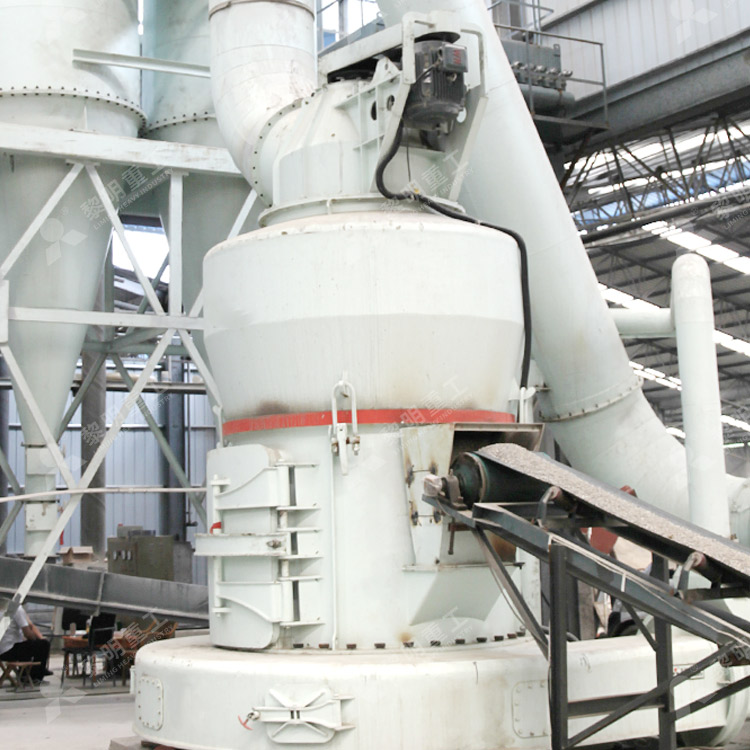How to Choose the Best 325-Mesh Lime Grinding Mill? – A Complete Buyer’s Guide
Selecting the right grinding mill for 325-mesh lime (calcium carbonate/quicklime) powder production is critical for industries like construction, steelmaking, and chemical processing. With so many options available, making the right choice requires careful consideration of several key factors.
1. Precision Fineness Control (325 Mesh = 44 Microns)
Achieving consistent 325-mesh fineness demands advanced grinding technology. While Raymond mills can handle this range, ultrafine grinding mills or HGM micro powder mills provide better precision for high-value applications.
2. Wear Resistance & Mill Durability
Lime is moderately abrasive, so the grinding system should feature:
✔ High-chromium alloy rollers/rings for extended lifespan
✔ Impact-resistant liners to minimize maintenance downtime
✔ Sealed bearings to prevent lime dust contamination
3. Energy Efficiency & Operating Costs
Modern variable frequency drive (VFD) systems can reduce power consumption by 15-30% compared to traditional mills. Look for:
• Energy Star-rated motors
• Optimized airflow designs that reduce fan power needs
4. Production Capacity Requirements
• Small-scale operations (1-5 t/h): Modified Raymond mills
• Medium-scale (5-20 t/h): High-pressure grinding mills
• Large-scale (20+ t/h): Vertical roller mills with classifier systems
5. Advanced Features Worth Considering
• Pulse dust collectors for cleaner operation
• Automated lubrication systems for reduced maintenance
• Online particle size monitoring for quality control
Recommended Equipment Options:
★ Raymond Mill (Upgraded): Cost-effective solution for 200-400 mesh
★ HGM Ultrafine Mill: Ideal for 325-2500 mesh with higher precision
★ Vertical Roller Mill: Best for large-scale production with lower energy use





